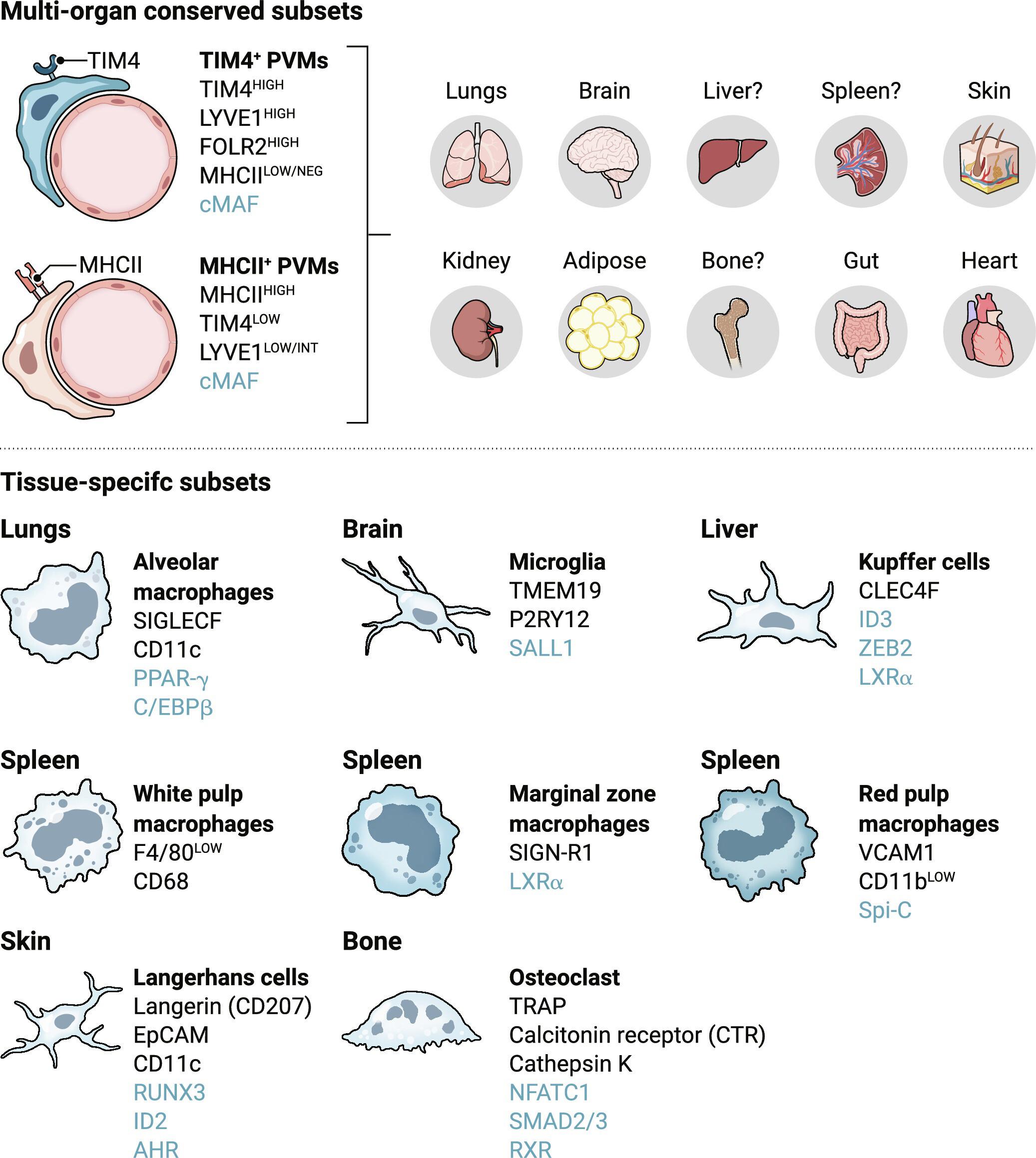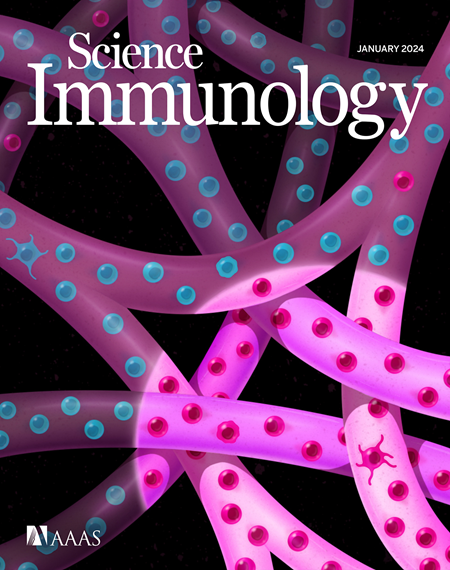常驻组织巨噬细胞:超越免疫的组织平衡关键协调者
IF 17.6
1区 医学
Q1 IMMUNOLOGY
引用次数: 0
摘要
常驻组织巨噬细胞(RTMs)是一种高度多样化的细胞,大量存在于每个组织和器官中。常驻组织巨噬细胞被认为是先天性免疫反应的核心参与者,最近它们在宿主防御之外的重要性也开始得到强调。尽管 RTMs 有一个通用的名称和几个典型的标记,但它们却能进行非常专门的活动,以维持其所在器官的关键同源功能。这些细胞可以介导神经元通信、参与新陈代谢途径并分泌生长因子。在本综述中,我们将总结不同 RTM 亚群之间的分工是如何帮助支持组织稳态的。我们将讨论局部微环境如何影响 RTM 的发育、RTM 支持的分子过程以及 RTM 失调如何导致疾病。最后,我们强调了主要 RTM 亚群的相似性和组织特异性区别,旨在将最近的分类和观点凝聚成一个统一的观点。本文章由计算机程序翻译,如有差异,请以英文原文为准。

Resident tissue macrophages: Key coordinators of tissue homeostasis beyond immunity
Resident tissue macrophages (RTMs) encompass a highly diverse set of cells abundantly present in every tissue and organ. RTMs are recognized as central players in innate immune responses, and more recently their importance beyond host defense has started to be highlighted. Despite sharing a universal name and several canonical markers, RTMs perform remarkably specialized activities tailored to sustain critical homeostatic functions of the organs they reside in. These cells can mediate neuronal communication, participate in metabolic pathways, and secrete growth factors. In this Review, we summarize how the division of labor among different RTM subsets helps support tissue homeostasis. We discuss how the local microenvironment influences the development of RTMs, the molecular processes they support, and how dysregulation of RTMs can lead to disease. Last, we highlight both the similarities and tissue-specific distinctions of key RTM subsets, aiming to coalesce recent classifications and perspectives into a unified view.
求助全文
通过发布文献求助,成功后即可免费获取论文全文。
去求助
来源期刊

Science Immunology
Immunology and Microbiology-Immunology
CiteScore
32.90
自引率
2.00%
发文量
183
期刊介绍:
Science Immunology is a peer-reviewed journal that publishes original research articles in the field of immunology. The journal encourages the submission of research findings from all areas of immunology, including studies on innate and adaptive immunity, immune cell development and differentiation, immunogenomics, systems immunology, structural immunology, antigen presentation, immunometabolism, and mucosal immunology. Additionally, the journal covers research on immune contributions to health and disease, such as host defense, inflammation, cancer immunology, autoimmunity, allergy, transplantation, and immunodeficiency. Science Immunology maintains the same high-quality standard as other journals in the Science family and aims to facilitate understanding of the immune system by showcasing innovative advances in immunology research from all organisms and model systems, including humans.
 求助内容:
求助内容: 应助结果提醒方式:
应助结果提醒方式:


